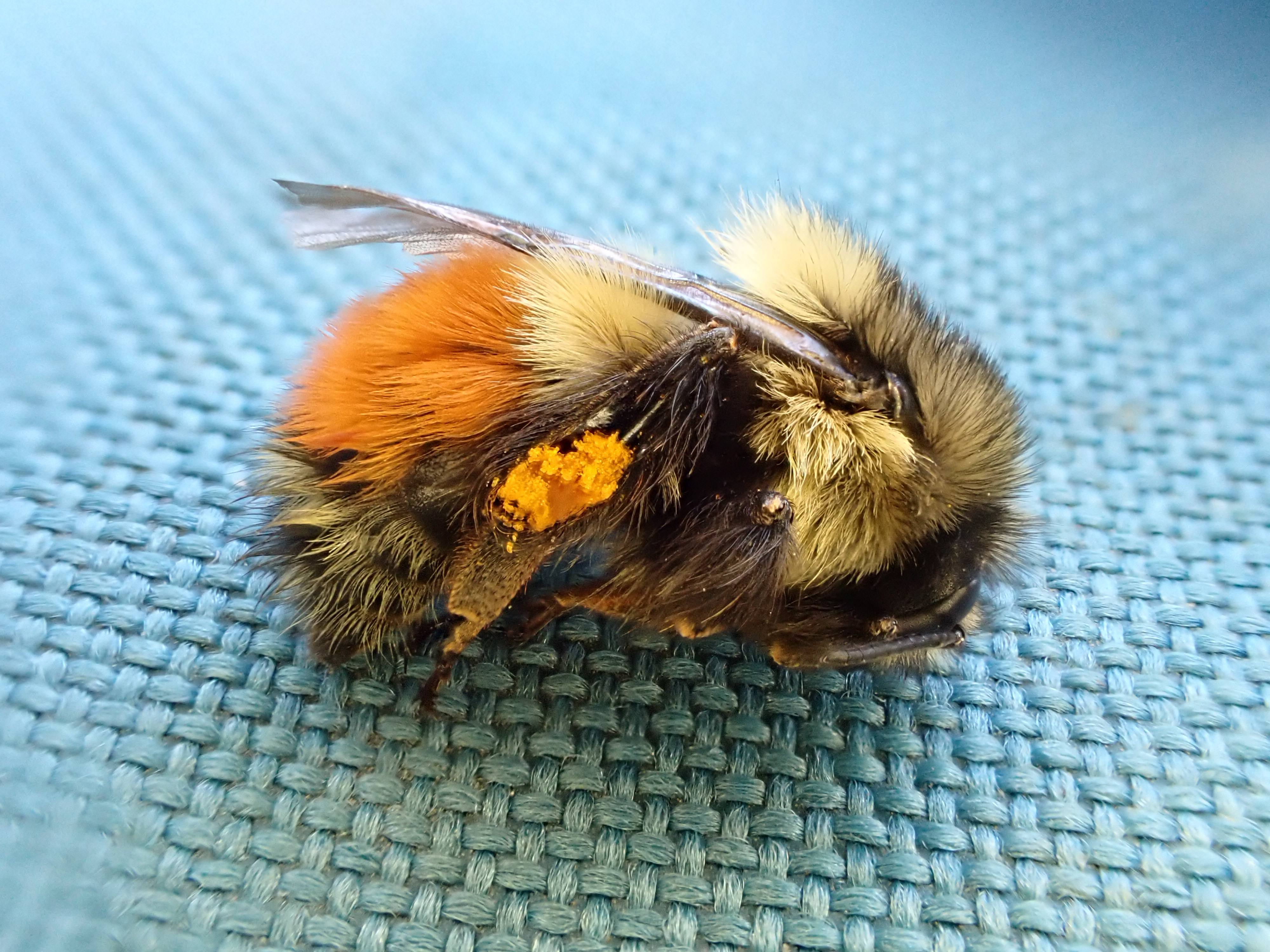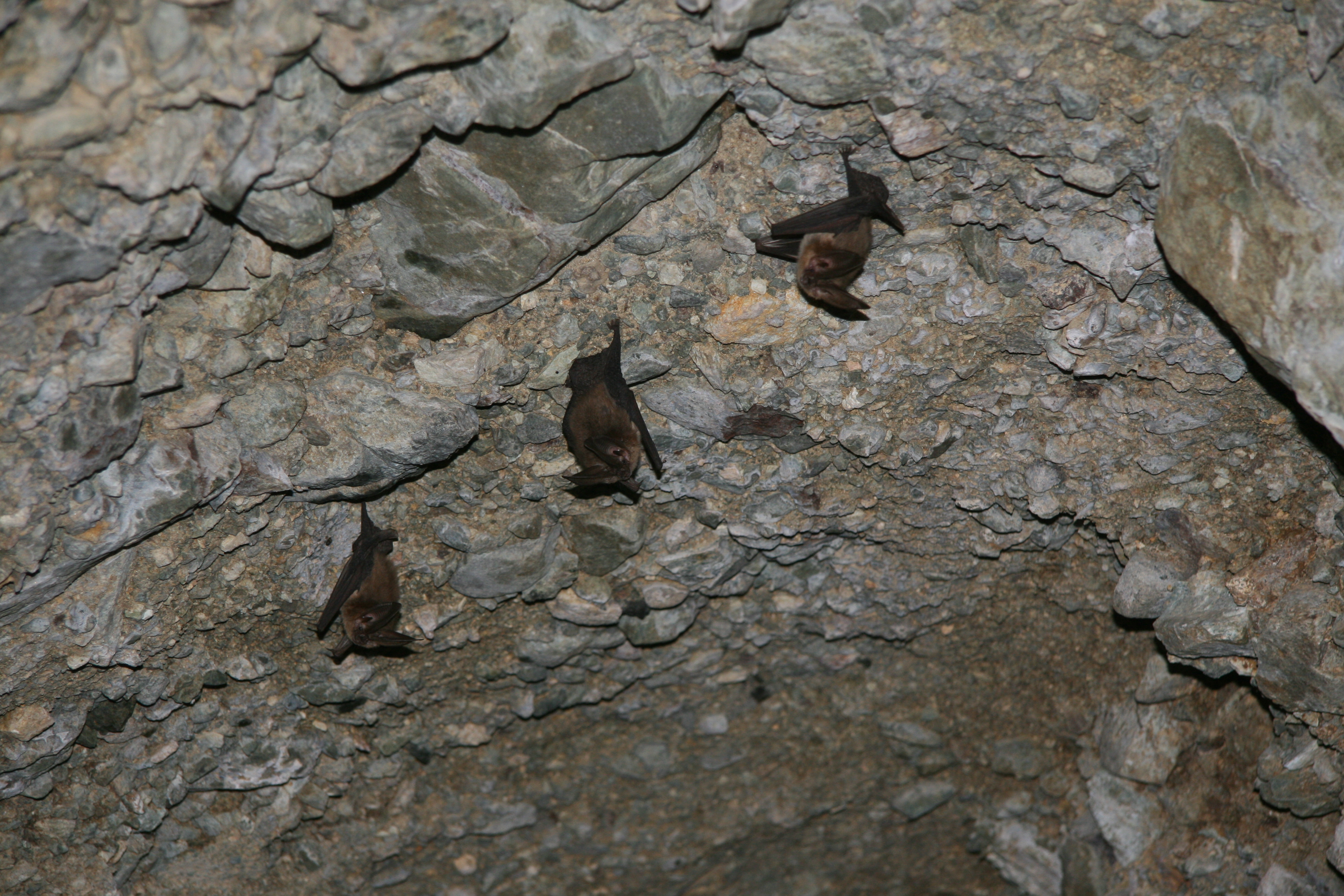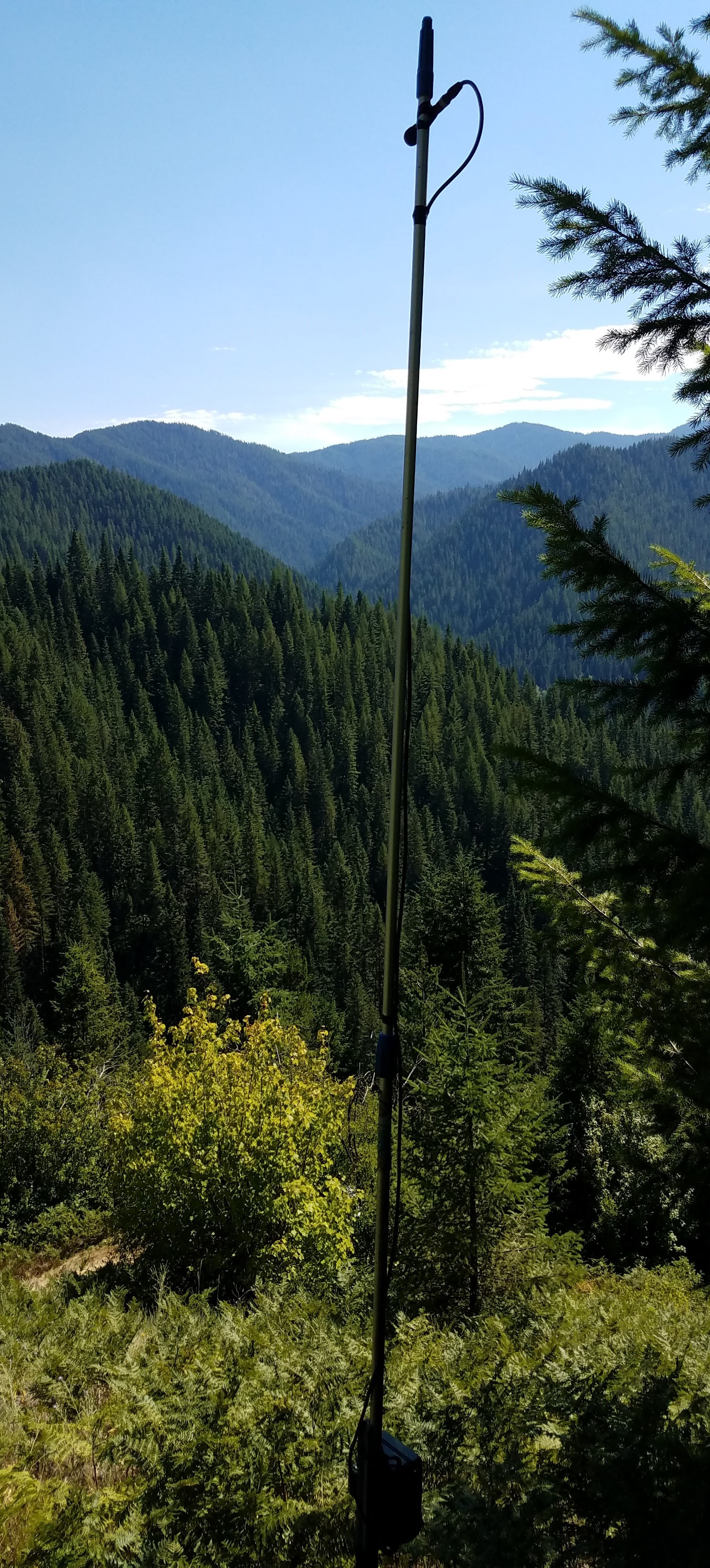The Wildlife Diversity Program works to protect almost 10,000 species. That is 98% of Idaho’s biodiversity!
From songbirds, raptors, bats, squirrels, frogs, and lizards, to thousands of insects and other invertebrates, as well as Idaho’s native plants, many nongame species are common and can been seen in your own backyard.
The program’s goal is to maintain viable, self-sustaining populations of all native wildlife and plants to prevent species from becoming endangered. Emphasis is given to priority species and habitats identified in Idaho’s State Wildlife Action Plan.
Program projects also benefit game species, such as elk, deer, sage-grouse and salmon, that share the same habitats. Two of the many projects that the wildlife diversity program focused on in 2020 were the Pacific Northwest Bumblebee Atlas program and the North American Bat monitoring program.
Pacific Northwest Bumblebee Atlas
Bumble bees are important pollinators of many plant species used and enjoyed by both humans and wildlife. Unfortunately, the distribution of many bumblebee species are poorly understood and some are thought to be in population decline. In an effort to address this, Idaho Fish & Game, Washington Fish & Wildlife, Oregon Fish & Wildlife, and the Xerces Society, formed a collaborative project called The Pacific Northwest Bumble Atlas, where community scientists are recruited and trained to conduct surveys for bumble bees. In 2020, volunteers spread out across all of Idaho to survey and photograph bumblebees. In total, Idaho volunteers conducted 246 surveys, reporting 2552 bumblebees, from 19 different species. Volunteers donated over 1000 hours of labor and drove over 10,000 miles, for a value of over $35,000! If getting involved in this project interests you, please contact Clearwater region wildlife diversity biologist, Joel Sauder at joel.sauder@idfg.idaho.gov.

Black-tailed bumblebee

Bumblebee survey site
North American Bat Monitoring Program
As bats are primarily active at night, they are easy to forget about and hard to study. But data suggests that bats provide more than $3 billion/year in free insect control across North America, and a single colony of 150 big brown bats may eat nearly 1.3 million insects in a year; so they are a valuable part of our ecosystems. Recently, innovative technologies have opened up new tools to study bat populations. Better ultrasonic microphones, cheaper digital storage, and sophisticated new software packages allow recording and identification of bats as they fly at night. The North American Bat Monitoring Program partners up biologists, citizen scientists, and cutting edge technology to study bats. Across Idaho in 2020, more than 80 surveys were conducted, resulting in 100’s of gigabytes of data. These data will be use to improve our knowledge of the distribution and habitat associations of Idaho’s 14 bat species.


Bat detector

